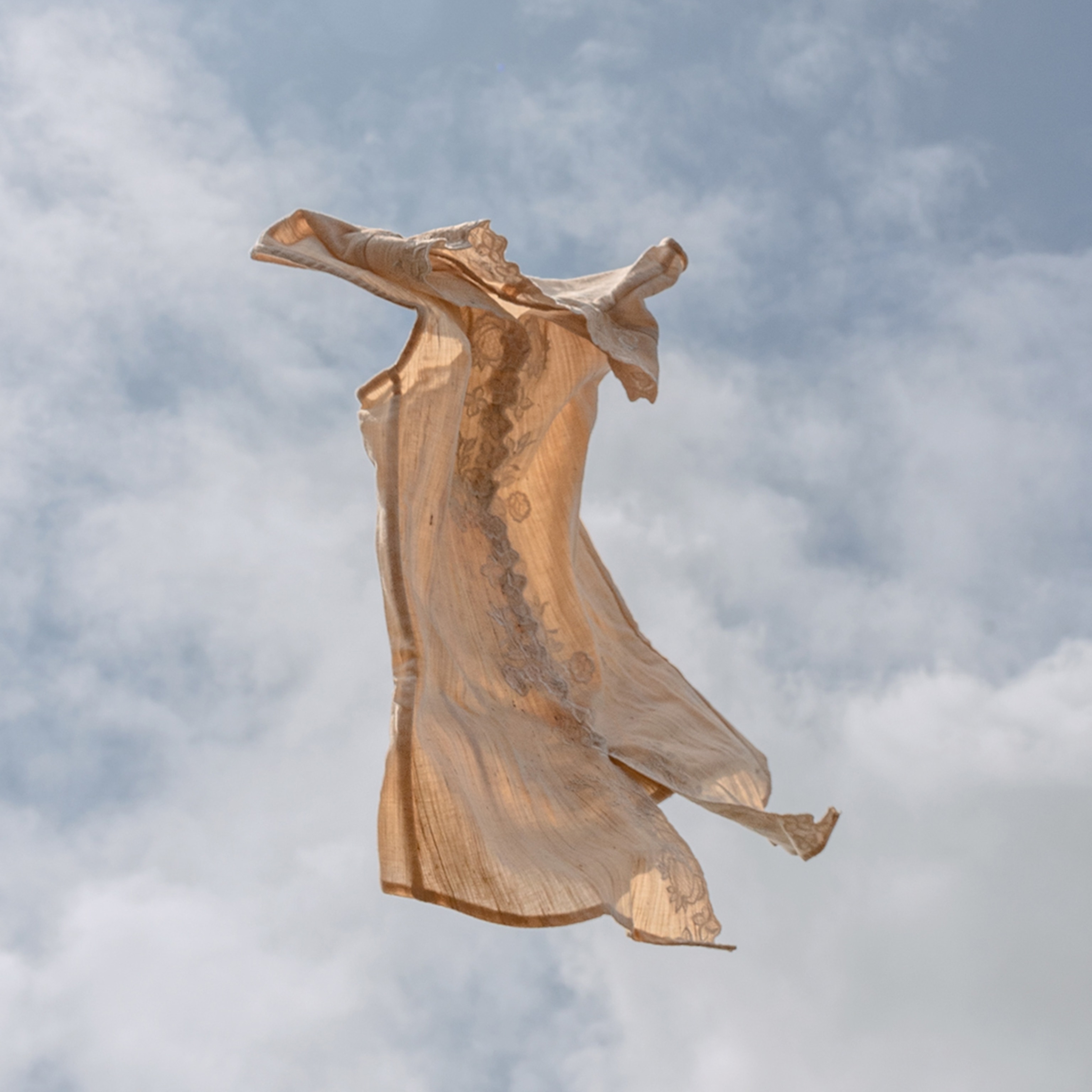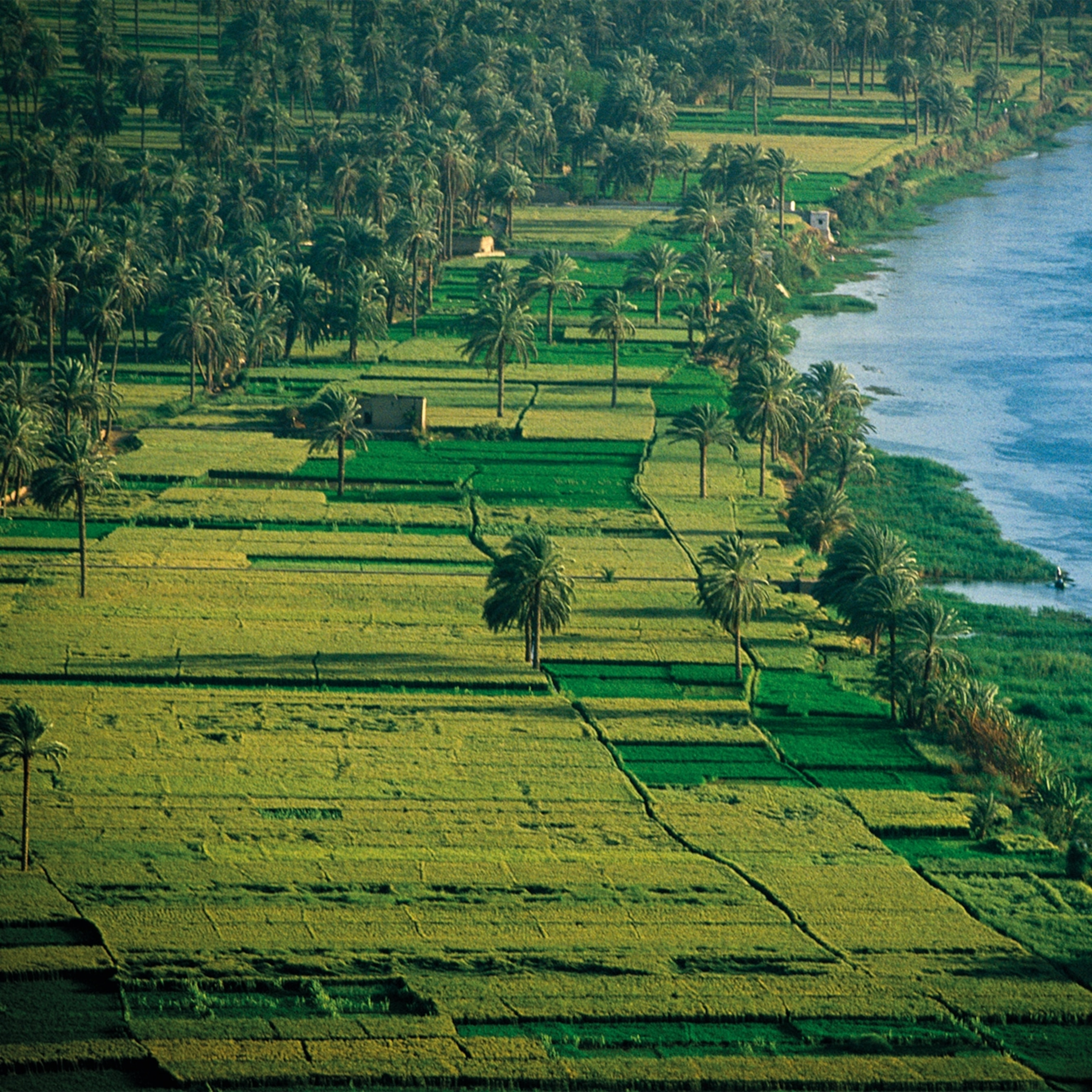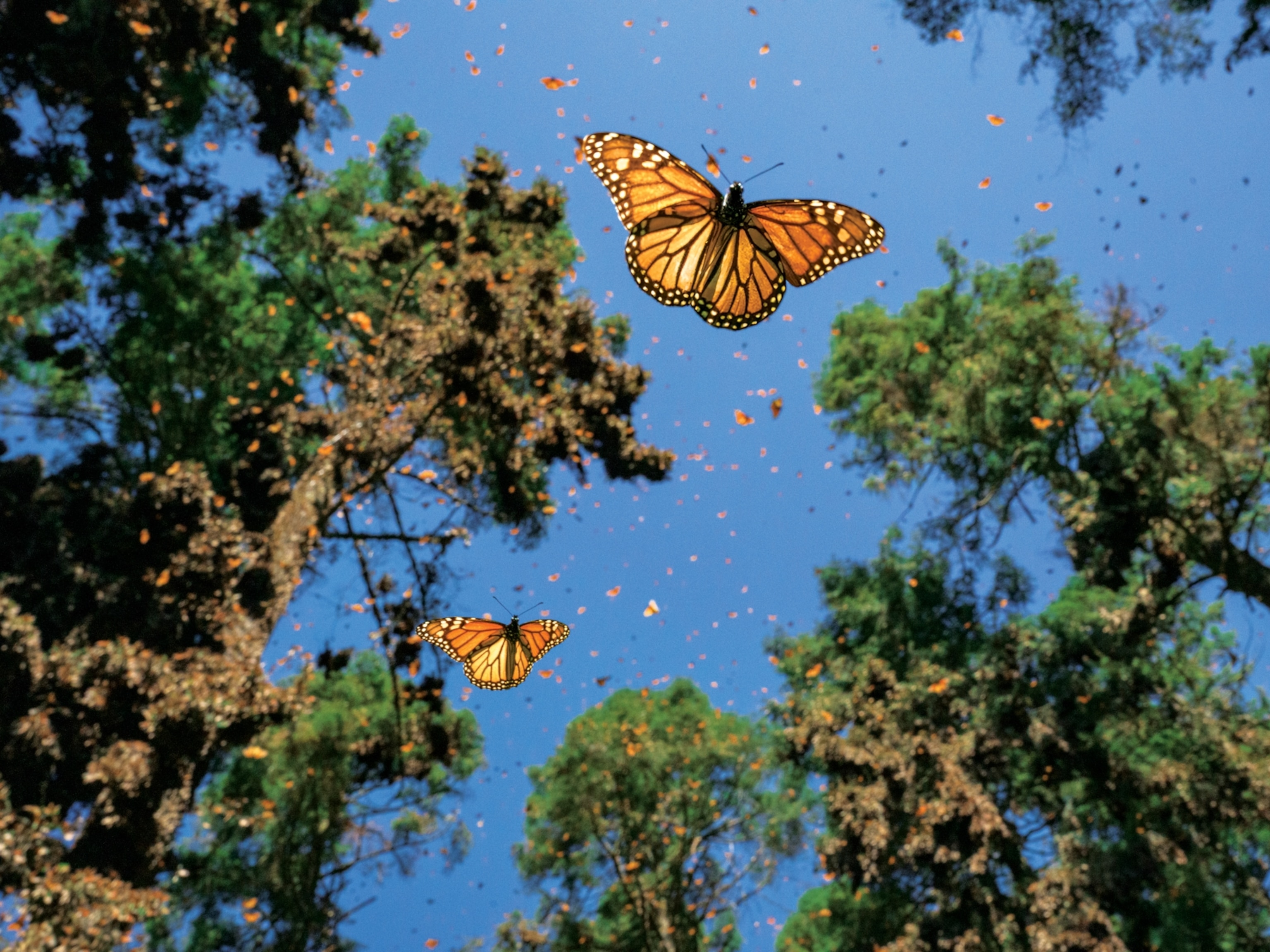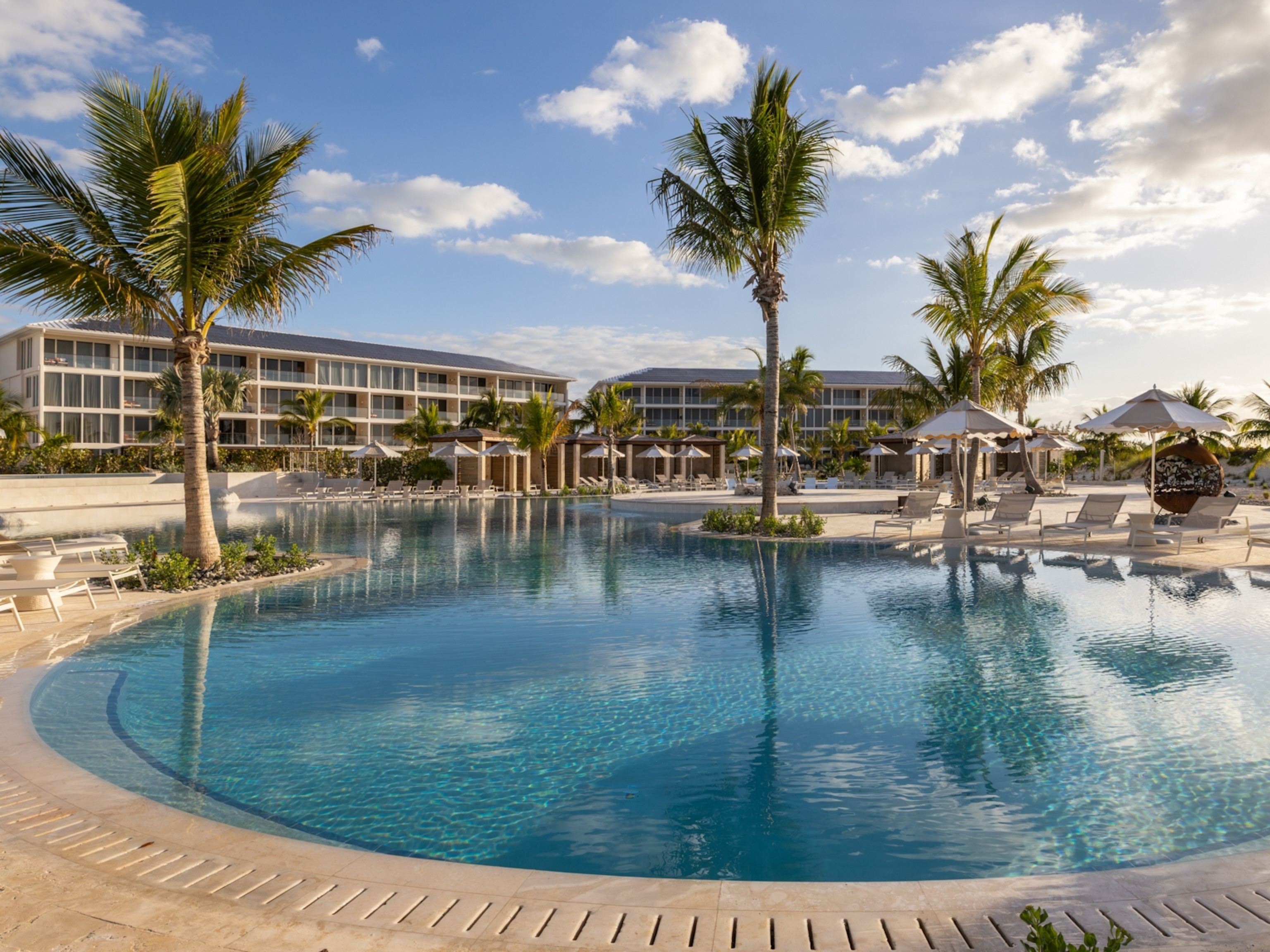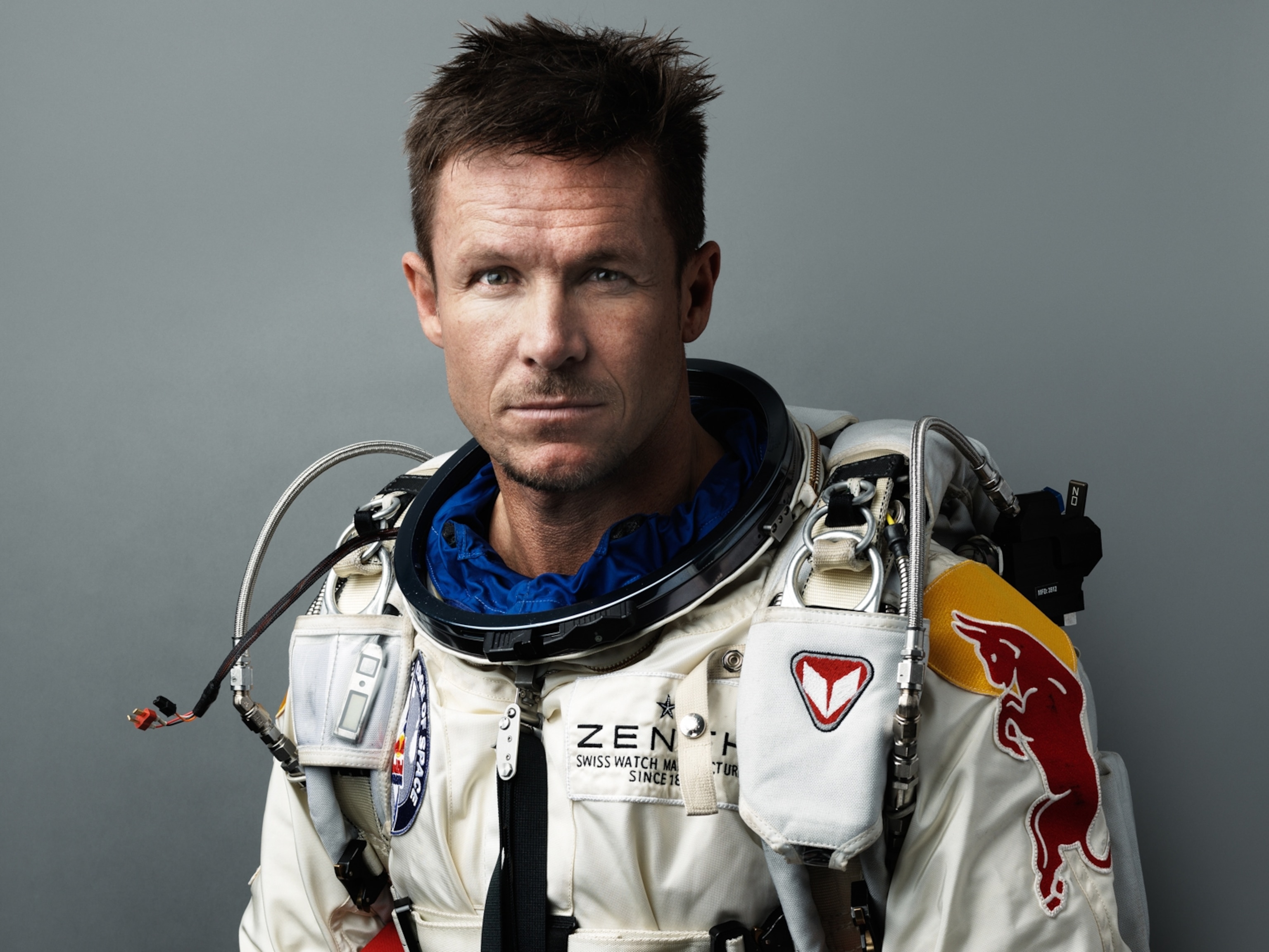
This Adventurer Risked His Life to Discover Good Food
David Fairchild brought lemons, Japanese cherry trees, and decent beer to the U.S.
We take it for granted that our supermarkets are stocked with exotic fruit and vegetables like quinoa, nectarines, and avocados. But behind many of these now-commonplace items is a story of global exploration, skullduggery, and danger. At the center of it all is an American botanist most of us have never heard of named David Fairchild.
Speaking from National Geographic headquarters in Washington D.C., Daniel Stone, author of The Food Explorer, describes how the flowering Japanese cherry trees on the National Mall, as well as most of the beer we drink, owe their existence to Fairchild; how Fairchild was arrested in Corsica for trying to smuggle out lemons; and how a battle over importing seeds and plants was fought out in the pages of National Geographic a century ago.
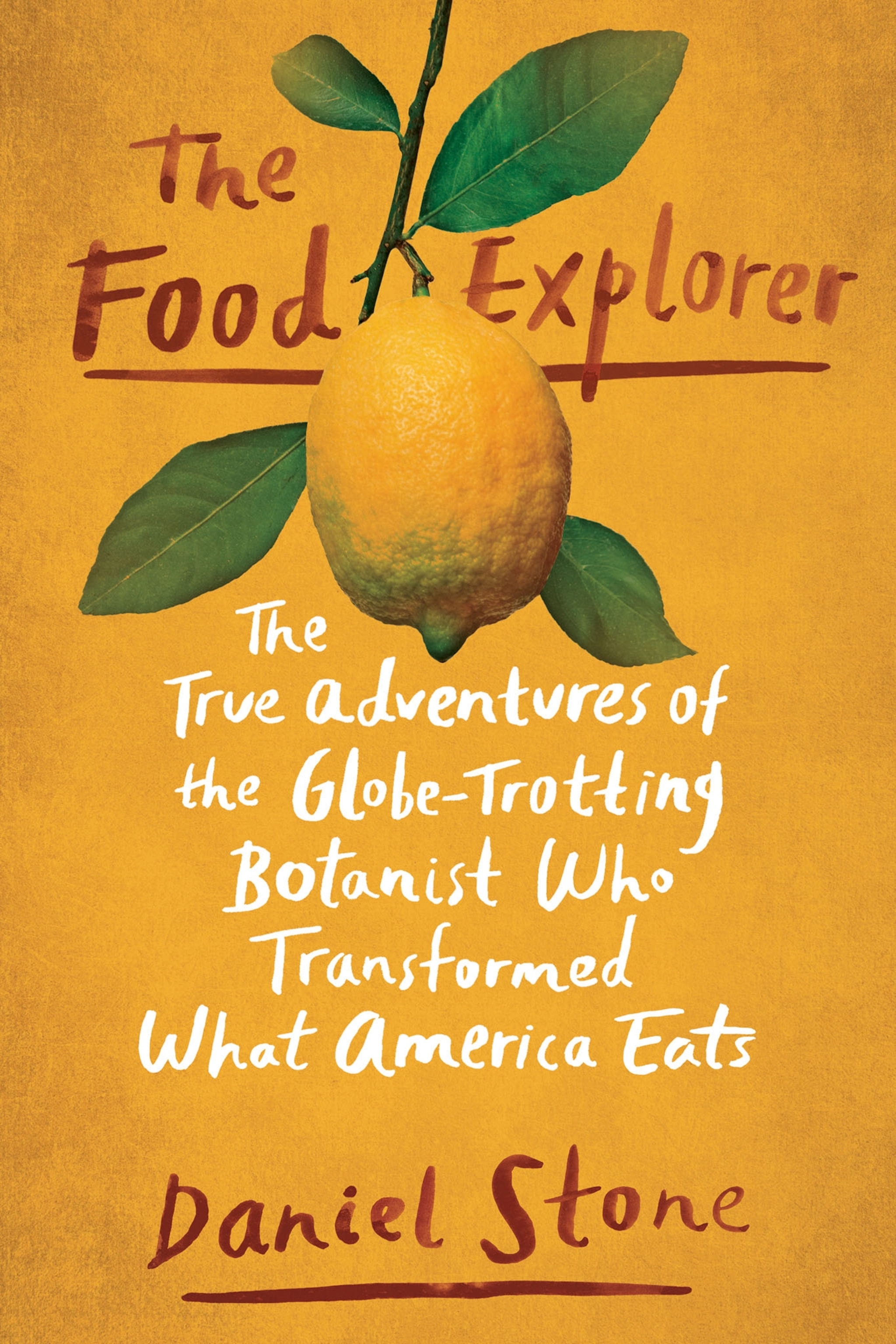
Introduce us to the hero of your book, David Fairchild, and tell us about some of the fruits and vegetables he helped put on our plates.
David Fairchild was a food adventurer during a formative era in American history. After the Civil War, the U.S. was a very bare country: a lot of land with not many people living on it. Farmers were all growing largely the same things: a lot of corn, apples, cotton, and uniform crops like that. But the U.S. was hungry for economic, military, and culinary growth. So at the end of the 19th century, Fairchild tried to harness America’s appetite for new food.
He went to every continent except Antarctica, traveled to over 50 countries, all by boat, and picked up a variety of crops that now seem commonplace in our supermarkets: 38 varieties of mangoes, avocados from Central and South America, Egyptian cotton from Cairo, and varieties of kale from Northeastern Europe. He even brought in individually sized pineapples that he thought Americans would like to eat like a banana or apple. He bartered for nectarine seeds in Baghdad and picked up a variety of different types of citrus in China, where all citrus fruits originated.
In his obituary, the introduction of one particular fruit was cited as Fairchild’s greatest achievement. Tell us the amazing story of the avocado.
The avocado is an evolutionary marvel. Most seeds originated because there was a need for them to be spread. The fruit evolves to attract an animal to eat it and spread it. It’s hard to think of an animal now that would eat an entire avocado, swallow its pit whole and spread it somewhere. But about 11,000 years ago, animals once existed that did that, like glyptodons, giant armadillos the size of a Volkswagen Beetle, and gomphotheres, proto-elephants with four sets of tusks.
Since then, avocados have existed in the cultures of Central and South America. Fairchild visited parts of Mexico, Ecuador, and Colombia, and when he got to Chile on his trip around South America, he picked up strains of avocados that did not exist in North America and that ripened much faster than avocados found elsewhere in Central America. He sent an enormous shipment of about 1,000 avocados back to Washington. They arrived fairly rotten, but the seeds were salvageable. In about 1898, those seeds were sent to USDA experiment stations mainly in the American West. About 20 years later, farmers were growing them in great quantities, leading to avocado aficionados, who collected different varieties.
In the early 1930s, a postal carrier in Southern California, who loved collecting and experimenting on avocados, grew a variety of seeds. One of them sprouted in a different way. It grew straighter and fruited faster than the other trees, and its fruit was more tender and less stringy than any he’d seen. It won several awards at agriculture fairs; and in the mid 1930s, a lawyer friend suggested he patent it. The postal carrier’s name was Rudolph Haas. And the Haas avocado is still the dominant variety we eat today.
The other main character in your book is a man called Barbour Lathrop. Tell us about the relationship of these two very different men.
Lathrop was a fabulously wealthy, well-travelled man who had inherited a fortune from his father, a real estate developer in Chicago, which financed his trips around the world. He was constantly on the move, circling the world every two years by boat. On one of those boat rides, he met a young David Fairchild, a botanist in training with a hunger for exploration. Lathrop, an aimless, eccentric philanthropist looking for a purpose, realized that they could combine their expertise, with Lathrop providing the money and means and Fairchild providing the brains to know which fruits and vegetables to collect.
Lathrop would amass circles of people around him wherever he went, telling stories that always fed his ego. He’d emerge in every story as the omniscient, well-rewarded hero, who was always proven right. He never had a permanent address. The only place he ever lived for any period of time was in San Francisco, in what was called the Bohemian Club, where men who enjoyed the arts and the company of other men would sit around, pull pranks on each other and tell stories.
Eventually, Fairchild was hired by the U.S. government to travel the world in search of new crops. Tell us about the Office of Seed and Plant Introduction and why his work was in the national interest.
After several years of travelling on Lathrop’s dime, Fairchild brought the idea of food exploration to the U.S. Department of Agriculture in Washington, D.C. At this time in American history, more than half of the labor force was farmers. There were millions of them and the government needed to find ways to make their jobs and lives easier. Fairchild proposed finding them better seeds and giving them better tips on growing methods.
The Secretary of Agriculture accepted the proposal and Fairchild started leading this office, with a few other explorers around the world. He was the seed traffic cop, sitting in Washington, receiving exotic plants and seeds from all over the world, until Lathrop interrupted his bureaucratic work and took Fairchild back on the road. They went around South America, through Europe, to Venice and then Cairo, as well as the South Malay Islands, Japan, and Hawaii.
At its height, more than ten plant cuttings per day were arriving in Washington. Give us a picture of how Fairchild went about his work—and some of the dangers and hardships he faced in his travels.
Travel before airplanes was all by steamship. These were not luxury ships, and often required travel of a month or more. Fairchild got arrested several times and caught diseases, including typhoid. Lathrop caught yellow fever. Both almost died as a result. Fairchild bargained with dangerous island tribes in South Asia and the South Pacific who had either never seen a white person before or were so mistrustful that they would shoot arrows at Fairchild’s boats.
Fairchild would go to a country, charm the local officials and sometimes take portraits of people who had never had their portraits taken, before asking them for seeds. He would learn all about the culture before finding out what its prized agricultural products were. This was generally done in a diplomatic way. But there were a couple of places where it was covert. One incident was in Corsica, where he was sent to acquire the island’s prized citron, a relative of the lemon. He got arrested, and was interrogated and forced to leave, never to return.
This was also true in Bavaria, where he went to acquire a special type of hop. American brewers were not making very good beer, and wanted better hops, so the government sent Fairchild to Bavaria to acquire the best in the world. People didn’t trust him, because they didn’t want an American stealing their prized hops. But he charmed and flattered them, and eventually one of the growers allowed a small package of hop seed to find its way into Fairchild’s suitcase. It made its way back to the U.S., where it was propagated in the Pacific Northwest. Some of the greatest hops in the world are still grown there from descendants of those original seeds.
Importing plants sometimes had a diplomatic element, didn’t it? Tell us about how the flowering cherry came to Washington from Japan.
Introducing plants came with some side effects, intended or unintended. Fairchild visited Japan in 1902 and saw flowering cherry trees that he later introduced to the U.S. Japan was delighted to send them, but in their excitement, they sent mature trees with long roots. When the trees were inspected on the National Mall, they were found to be carrying more than half a dozen insects and different types of fungus, so they were burned.
Many Americans thought, “There goes our permanent relationship,” but surprisingly, the Japanese officials felt so embarrassed to have sent a gift containing harmful things that they apologized profusely and made sure that the best gardeners in Japan were available to make a selection of a second round of trees. Every spring the trees we see in Washington, and other cities around the U.S., owe their existence to that diplomatic arrangement between Fairchild and Japan.
As a consequence of the cherry tree incident, one of Fairchild’s childhood friends and colleagues became an inveterate enemy. Tell us about Charles Marlatt and the battle he and Fairchild fought in the pages of National Geographic.
Fairchild and Marlatt grew up together in Kansas; Marlatt was the best man at Fairchild’s wedding. Fairchild was a botanist and Marlatt was an entomologist; he studied insects. This is where their friendship ended because Marlatt was worried that the plants Fairchild was bringing in contained invasive insects or fungi that could wreak havoc in American fields.
The two of them had a nativist disagreement, which comes up in several different eras, including our own, about what we want to import or keep out. Marlatt warned that we shouldn’t take the risk, even if Fairchild’s plants were helpful. The two of them wrote cover stories in National Geographic in the same year arguing the value of new plants versus the potential damage of foreign pests.
Fairchild was the son-in-law of Alexander Graham Bell, the second president of National Geographic. Being in the family, Fairchild thought he would have some measure of protection from the magazine. But as a scientific journal, the editors at the time offered space to anyone that could make their case and provide evidence to support it. So National Geographic printed both of their stories.
Fairchild argued that there are endless riches to be found around the world in the form of beneficial plants, and that we should find and import as many as we can. Marlatt argued that, even if they were beneficial, they came with unintended consequences, so we should close our doors and not accept anything foreign that had not been tested.
You say at the end of the book, “Fairchild’s legacy seems to have tentacles everywhere.” Walk us down the fruit and veg aisle of a supermarket.
The modern supermarket is a lesson in geography and the lasting legacy of Fairchild. When you pass peaches and nectarines, those contain genes from the peaches and nectarines that he sent back from the Middle East. Dates we eat at Christmas can be traced back to Baghdad. Citrus varieties, including navel oranges, clementines, and ruby red grapefruit, all came from China thanks to Fairchild. Kale and quinoa, which only reached their popularity in the modern era, were brought in Fairchild’s trunks more than one hundred years ago.
This interview was edited for length and clarity.
Simon Worrall curates Book Talk. Follow him on Twitter or at simonworrallauthor.com.
